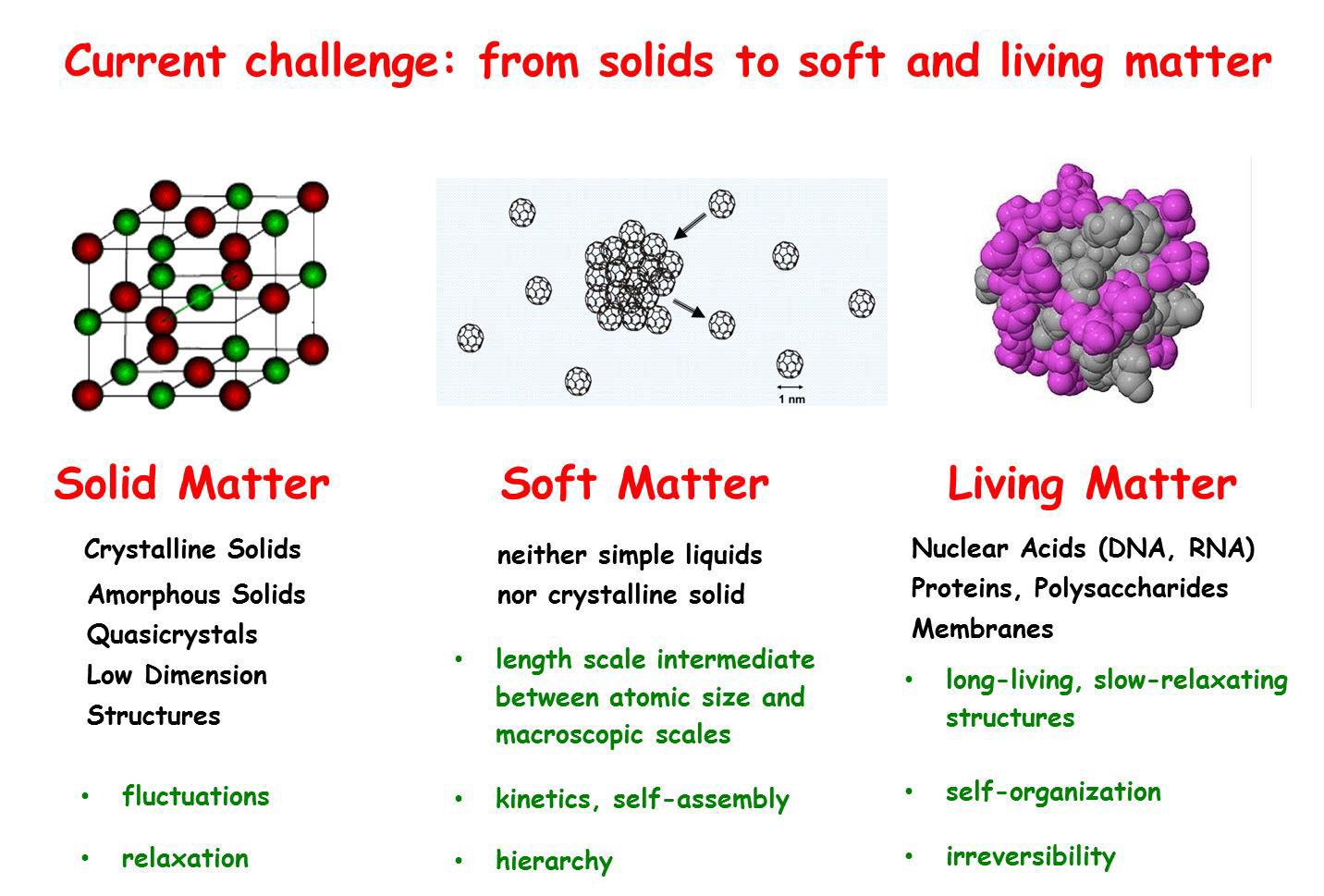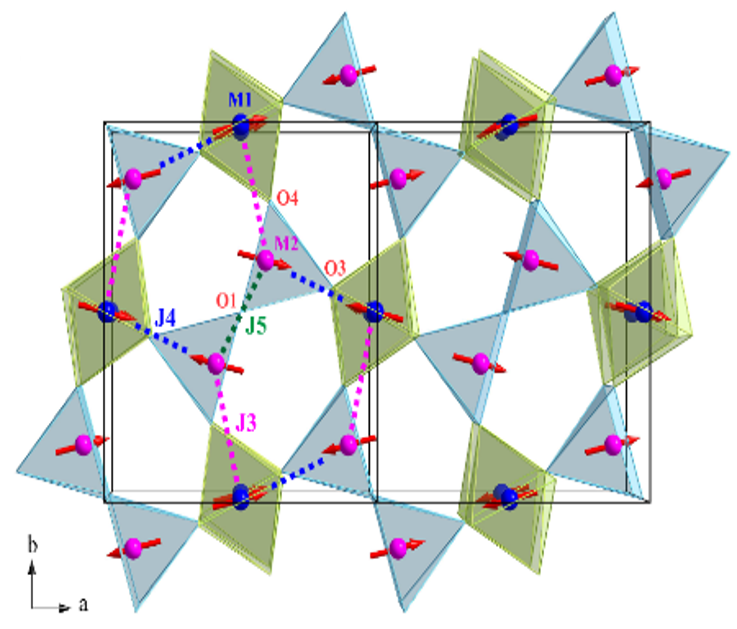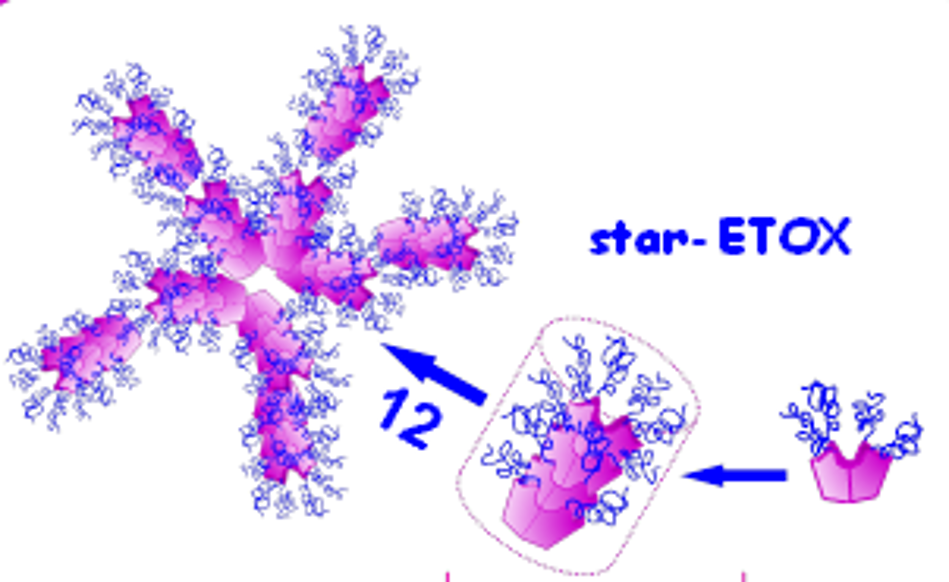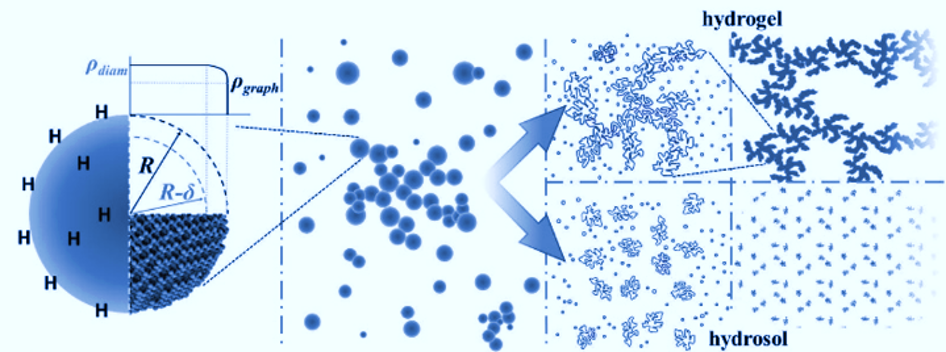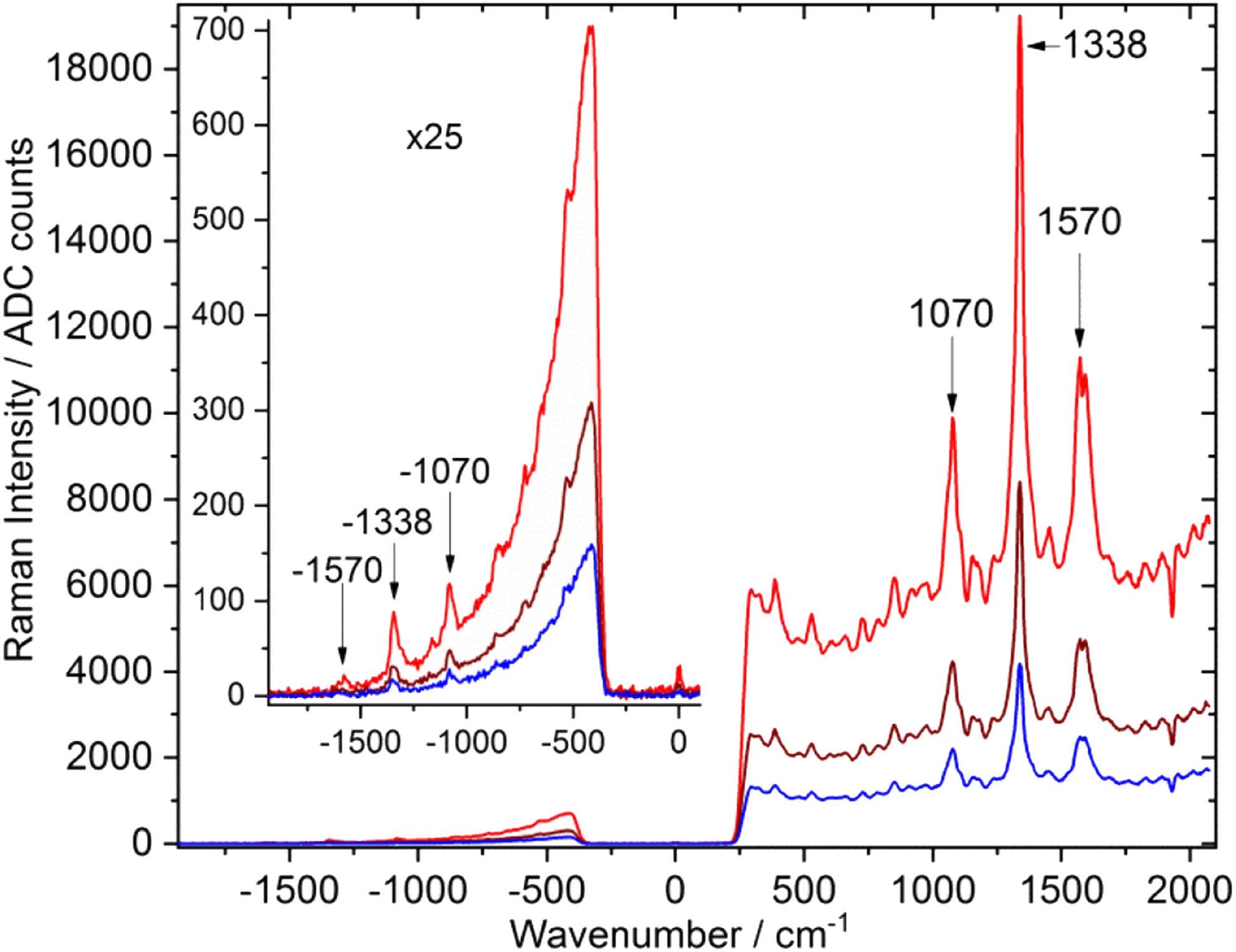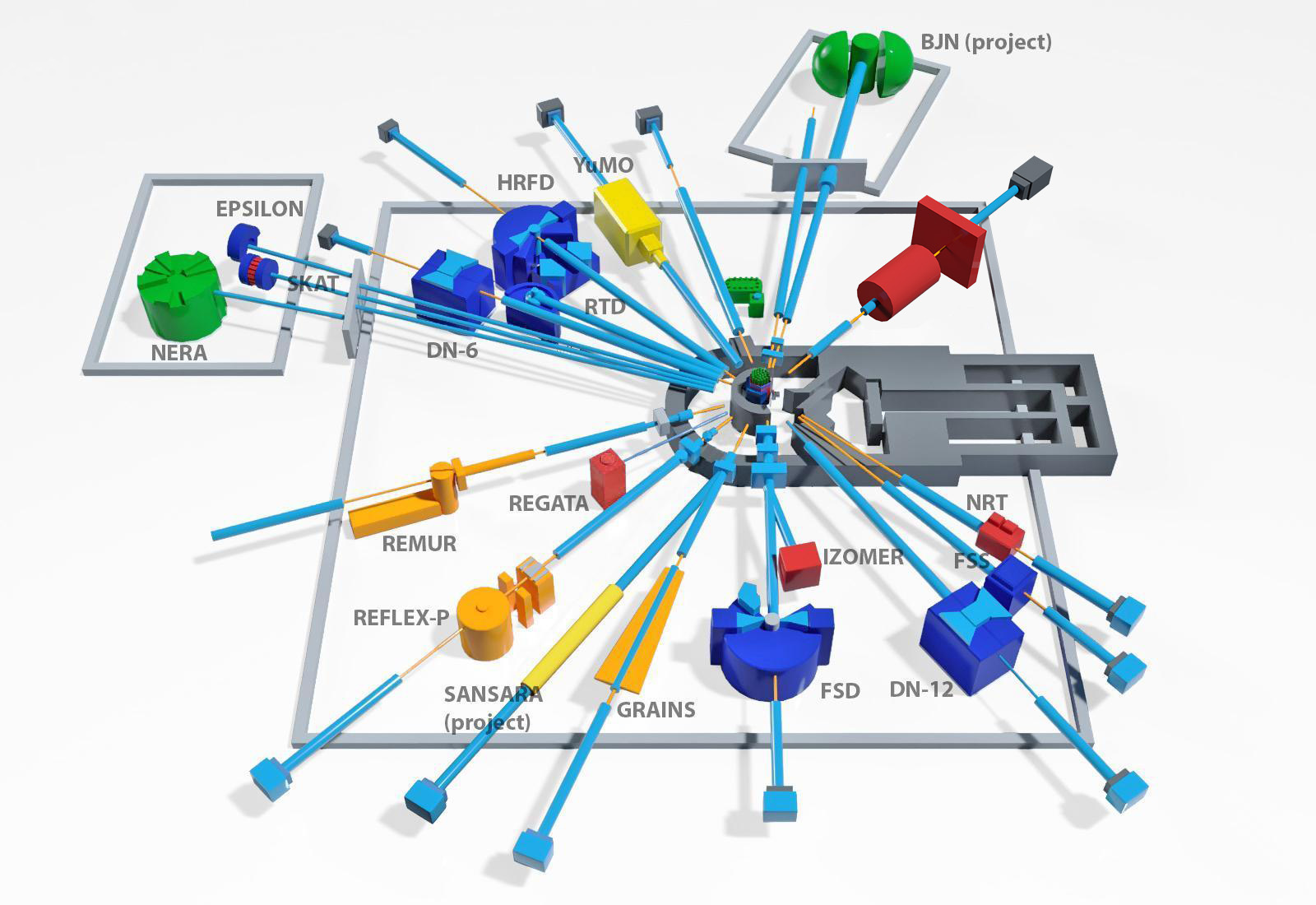- Condensed Matter Physics and Materials Science
- Physics of Nanosystems and Nanoscale Phenomena
- Physics of Complex Liquids and Polymers
- Biophysics and Pharmacology
- Applied Research and Engineering Sciences
- Instrument development program for the IBR-2 spectrometers
- Raman spectroscopy
- Development of the spectrometers complex
Nowadays, more than 90% of extracted neutron beams are used for condensed matter research related to a wide variety of scientific fields such as solid-state physics, soft matter (complex liquids, non-crystalline solids, polymers), chemistry, molecular biology, materials sciences and engineering sciences. New fields of research are constantly emerging. For example, one can mention the recently growing interest in the structure and properties of food and objects of cultural heritage. Over the past years, several new problems have appeared in all mentioned sciences where neutron scattering can provide very useful information on the structure and dynamics. Practically every new phenomenon and new material (especially in solid state physics) is probed by neutrons at a very early stage of research.
Neutron sensitivity to the magnetic structure and isotopic contrast provides much more information compare to X-rays
During the last decades the focus of modern research has shifted towards the study of soft matter with attempts to investigate living matter. Living matter is the most complicated and interesting subject for the modern science. Living systems have a number of specific features. They have long-living, slow-relaxing structures, which are far from equilibrium; another important property is the irreversibility of many processes. We can explore some features of living matter such as kinetics, structure hierarchy, self-assembly by studying soft matter.
Neutrons are providing us the bridges from solid to soft matter and later to the living one
Being a system with an infinite number of degrees of freedom like the particle world condensed matter is a permanent source of new phenomena. From this point of view, the main strategy of any user research center based on a large facility consists of the development and construction of advanced experimental techniques and instruments to be ready for new challenges and to offer scientists from different research centers new possibilities for their studies.

